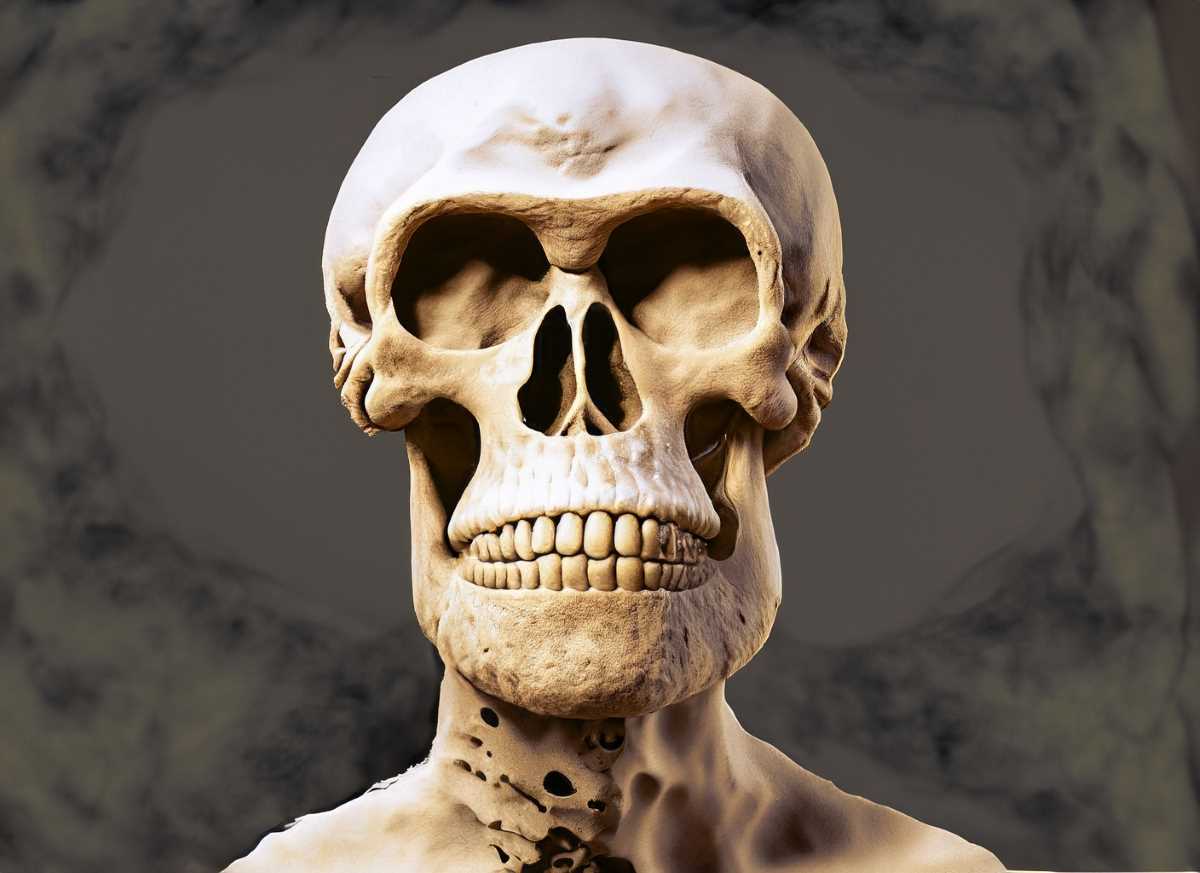The Wild Theories Behind Humanity's Ancient Relatives
Discover the riveting journey of paleoanthropology, from Darwin's subtle theories to Huxley's bold predictions about our common ancestor. Unearth the intrigue of the Piltdown Man hoax, which fooled experts for decades, and the groundbreaking African fossil discoveries that redefined human history.

When Charles Darwin published “On the Origin of Species” in 1859, he ignited a powder keg of debate that still reverberates today. In this seminal work, Darwin proposed that all species evolved through a process of natural selection. While he focused primarily on various forms of life like clams, plants, and birds to illustrate his groundbreaking theory, it was his veiled implication about the origin of humans that sent shockwaves across society.
Darwin tread carefully regarding human evolution, restricting himself to a mere insinuation: “…evolution will be able to clarify the origin of man and his history.” He knew he was stepping into a minefield. The Christian majority of his time found the suggestion that humans evolved from monkeys unacceptable and blasphemous. According to historian Howell, the release of Darwin's book was seen by many as a “frontal and open declaration of war against the teachings of the Holy Scriptures.”




